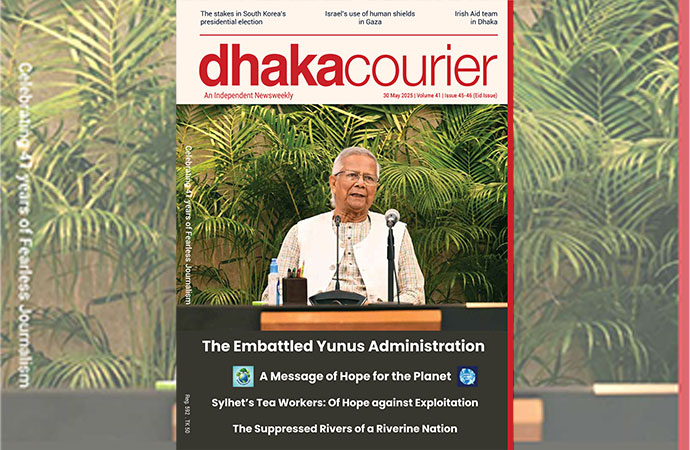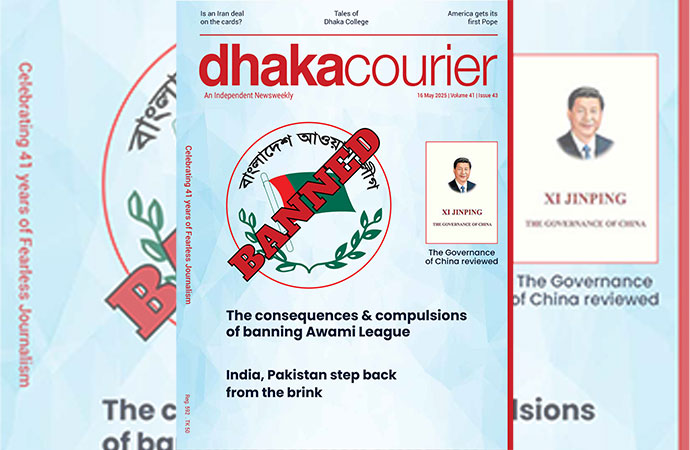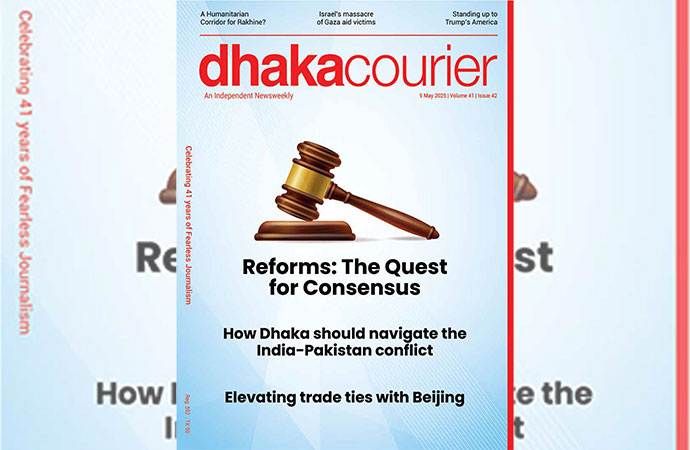Column

Image: Collected
Violent clashes between Hindus and Muslims in Leicester - that takes pride in being one of UK's most diverse cities - were reported at the end of August. Media reports and local communities say that the magnitude of the violence between the South Asian diaspora was never seen before.
It started with India beating Pakistan in the Asia Cup on August 28. In the following days, allegations started circulating in WhatsApp groups that Muslim rioters were attacking homes in Leicester's Hindu neighbourhoods, DW reported. There were also unfounded claims of Hindu fanatics abducting Muslim children.
Here's where things get really interesting, shocking even. The social media frenzy engulfing the real-world communal tension in UK was apparently being ignited a continent away. According to a Reuters report that quoted experts, majority of the provocative tweets, rumours, and lies originated in India. This demonstrates the ability of unmanaged social media to spread misinformation and disinformation - causing very real unrest and violence.
Leicester Mayor Peter Soulsby told BBC radio: "I've seen quite a selection of the social media stuff which is very, very, very distorting now and some of it just completely lying about what had been happening between different communities."
Is this the first case of fake news, hate speech and disinformation on social media causing irreparable real-world damage? Far from it.
On September 29, Amnesty International said Facebook owner Meta owes displaced and persecuted Rohingyas reparations for the social media platform's role in "inciting violence" against Myanmar's Muslim minority community.
According to an Amnesty report, repeated warnings - starting as early as 2012 - from campaigners on the dangers of anti-Rohingya hate speech on Facebook were ignored. We know what happened next.
Let's now shift focus to our own home. During Durga Puja last year, inciting videos on the Cumilla mandap incident circulated on Facebook at a lightning speed - after a group of people shared them without checking the content.
Individuals used the social media platform to mobilise support and disseminate hate speech, false information, and provocative videos - resulting in violence that spilled over into other districts.
Can journalism fight this onslaught of misinformation?
According to Reuters Institute's Digital News Report 2022, "the connection between journalism and the public may be fraying". If journalists and media in general want to fight fake news, first they need to address this trust issue.
Let's face it: There is an information inequality. Age, gender, income, and education factor in when it comes to access to information and how one consumes news. The traditional legacy media approach of expecting the readers and audiences to come to news has become outdated. Traditional media now must figure out how to better reach the "unreached" audience.
One approach disinformers use, and with considerable success, is circulating content that is hyperlocal. Traditional media must consider getting involved in local communities and gradually build trust.
Understanding why people fall for fake news can also help. Employing compelling storytelling and using dramatic visuals produce share-worthy content.
And lastly, since the onslaught of misinformation and disinformation on social media is a global issue, journalists and media houses should find ways to collaborate more. To find real solutions, media organizations must put together their resources.

























Leave a Comment
Recent Posts
Rare folk treasures at risk in ...
Amid the quiet greenery of Ulipur upazila in Kurigram, a humble tin-ro ...
Enayetullah Khan to represent ...
Enayetullah Khan, Editor-in-Chief of United News of Bangladesh (UNB), ...
The tragedy in Ahmedabad touches us all
Asset recovery a key focus; breakthroughs from talks ..
'It'll inspire youths to build Bangladesh they dream ..
UK envoy Sarah Cooke happy with Yunus’ visit to Brit ..